
Jerry eBooks
No copyright  2012 by Jerry eBooks
2012 by Jerry eBooks
No rights reserved. All parts of this book may be reproduced in any form and by any means for any purpose without any prior written consent of anyone.
Maps






Introduction
Happy the nation that understands and wisely builds Seapower. From earliest times it has played a dominant role in world destiny. This role has advanced a few times in giant strides through developments that have changed the whole character of warfare.
This latest of E. P. Hoyts stirring and suspense-filled books deals with one of thesethe integration of the airplane into the fleet. Or rather, it deals with the dramatic manifestation in battle of this revolution in naval warfare that has forever affected the lives of all men.
The Battle of the Coral Sea occupies a unique niche in history. In these warm and distant waters for the first time the airplane afloat and not the big gun delivered the offensive blows on each side. Mighty fleets bitterly contested control of the sea far out of sight of their commanders.
Ever since man ventured afloat he has sought longer reach to injure the foe. The first significant extension came in the Middle Ages with the introduction of black powder and the big gun. However, ranges remained almost point blank in most battles until the Twentieth Century. Then the exploding Industrial Revolution made possible fire control equipment of increasing complexity and precision. The range of fleet action stretched out rapidly to as much as fifteen milesover the horizon for the men at the guns.
Simultaneously the airplane came on the stage. It brought a Jove-like reach in range that far outshadowed the gun. In the 1920s extremists claimed that this new weapon with giant reach had done away with navies. Many believed and supported them. Fortunate for America that wiser men defeated their counsel and integrated the plane into the fleet.
Instead of doing away with navies, the wings hi the sky brought phenomenal new powers. What calamity would have befallen the United States without a navy in World War IIand without aircraft carriers operating as an integral part of it.
The new potential in striking effectiveness was demonstrated at Pearl Harbor and elsewhere. But at Coral Sea for the first time carriers fought carriers. It was a break with the past, the unveiling of a new era in naval warfare comparable in its effect on fleet action to the duel that affected all naval warfare to come.
Coral Sea was also a turning point in the war. Here for the first time the resistless Japanese outward drive behind the spearhead of carrier task forces was blunted. By May, 1942 Japanese carrier pilots were combat veterans flushed with repeated victories. They seemed uncheckable.
So this significant battle doubly merits the talents of Mr. Hoyt. Diligent in research and fluent in writing, he skillfully unfolds the struggle in the Coral Sea through the lives and words of the participants. No fiction could surpass the heroism of many of those engaged, told in the laconic language of seamen accustomed to facing danger and the awesome strength of the sea. No epic could grip one more than the unadorned last words on voice radio between Commander Ault, Lexington Air Group Commander, and his unseen ship as he went to face his Maker alone in the vast and trackless sea.
American pilots and the ship crews though well trained lacked battle experience and the prestige of victory of the Japanese. An untried force meeting veterans has mountainous handicaps to overcome. Furthermore, the Japanese had a larger fleet than the U.S. in the Pacific, partly through the governments lack of foresight and parsimony during the 1930s.
Historians have generally agreed that the Japanese gained a tactical victory at Coral Sea, since they suffered less immediate loss. But strategically the Americans came out far ahead. To my mind, they also did tactically. The foes drive south had collapsedjust as a wave breaks and falls back from a towering cliff. The aura of invincible power had been shattered. A few thousand American sailors had gallantly met the challenge and greatly served the case of freedom.
More important tactical results of the battle would reach into the future to Americas invaluable gain and Japans disaster. Two of Japans finest carriers, SHOKAKU and ZUIKAKU, were licking their battle wounds at home during the Battle of Midway. Had these veterans been present, it seems inevitable that Admiral Yamamotu would have won and, fatally for our times, changed the whole course of events to come.
Thus Coral Sea merits Mr. Hoyts skilled narration that well brings out the far reaching effect of seapower upon the destiny of nations.
The influence of strength at sea has not declined since this historic battle. Instead it has grown. Thus Americans should mourn that so many of their representatives in Congress seem ready to allow the U. S. Navy to sink to inferiority.
Consequently the saga of the United States and liberty are imperiled as never before. Only by holding the sea can both survive. Without power there when the chips are down, all other power is futile. May this sound book help show Americans what strength afloat means to them. And may God grant us wisdom to spare no toil or sacrifice to regain supremacy before too lateand the hour is very late.
Ernest M. Eller
Rear Admiral, USN. (Ret.)
Prologue
Sergeant Kawakami of Uchino Butai of the Imperial Japanese Army stood at the rail of the Heian Maru, and watched the low-lying shore of Japan recede in the distance. It was January 18, the Greater East Asia war had been going on for six weeks, and the results had been gratifying, if astounding to all Japanese. Radio Tokyo and the press had warned at the outset that Japan must expect a long and difficult struggle if she was to survive in the face of her powerful enemiesbut those enemies had proved to be paper tigers, and the Imperial forces were victorious everywhere.
Just before midnight, the ship sailed in convoy for Camranh Bay, Indo-China, to await even more ships. Sergeant Kawakami now learned that he was to be a part of the force that would occupy the Dutch East Indies.
On February 10 the ships lay at anchor, swaying idly in the warm Southeast Asian sun. Eight days later a convoy of 70 transports, escorted by 30 warships, sailed for the East Indies. On March 1 the force landed after a brief naval battle with Dutch defenders, who were overwhelmed. Less than three weeks later the fighting had ended and the Japanese were mopping up, so secure that on March 20 General Imamura took time to hold a solemn memorial service for the noble Japanese soldiers killed in the battle for the occupation. Sergeant Kawakami held his men at attention in the clearing west of Army headquarters, while his superiors spoke sadly of their dead comrades.
Next page
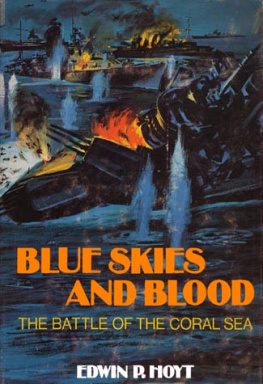
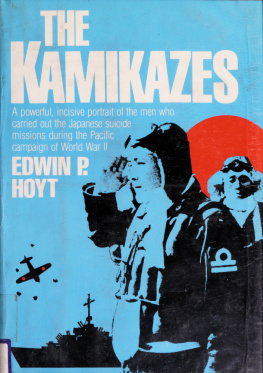
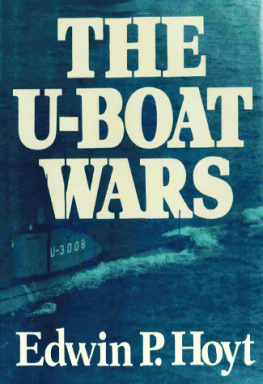
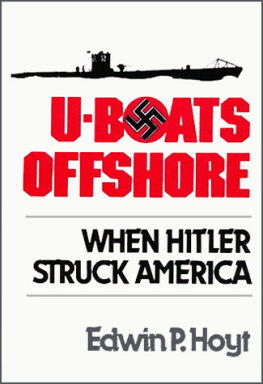
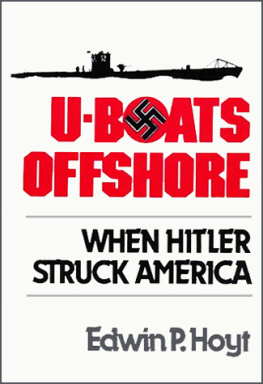

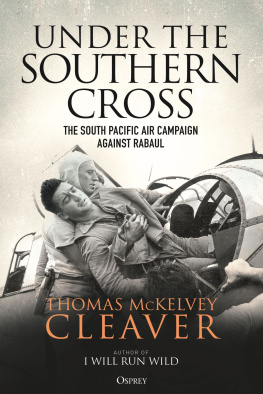
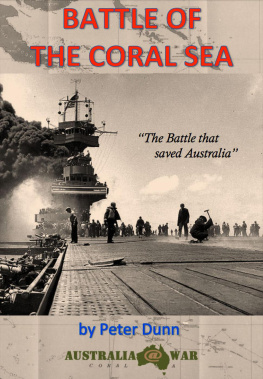
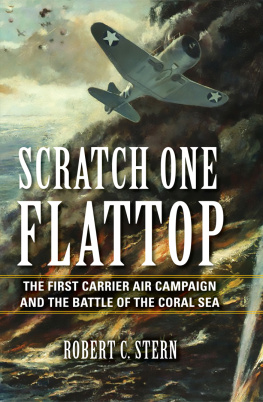




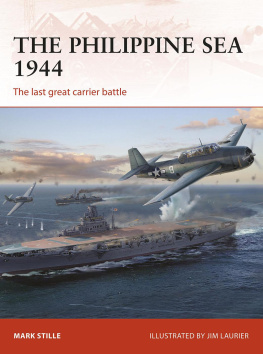


 2012 by Jerry eBooks
2012 by Jerry eBooks




